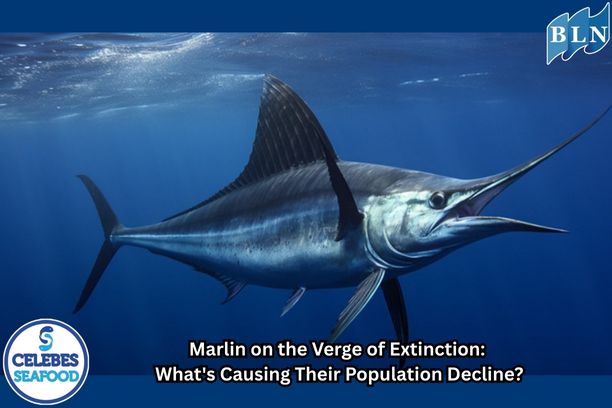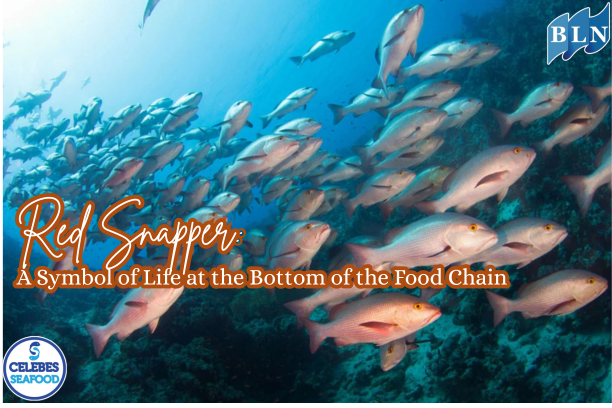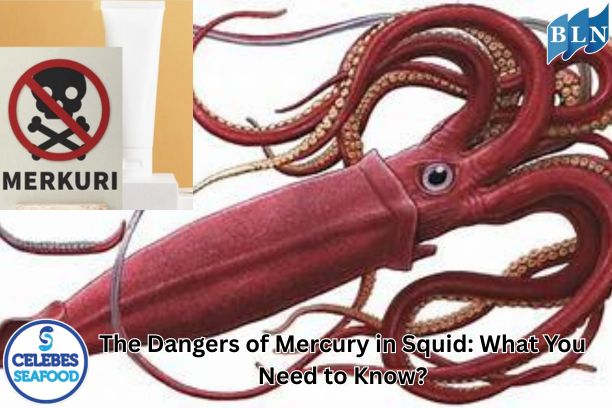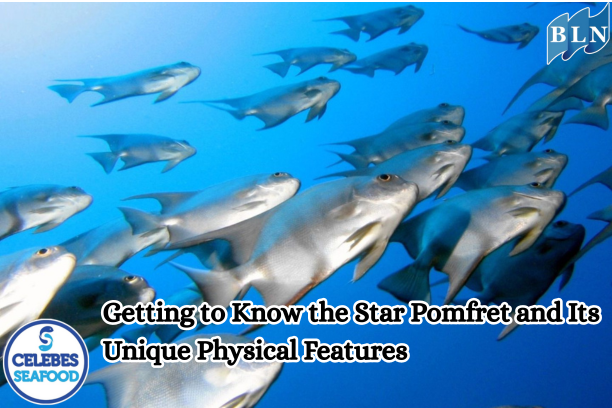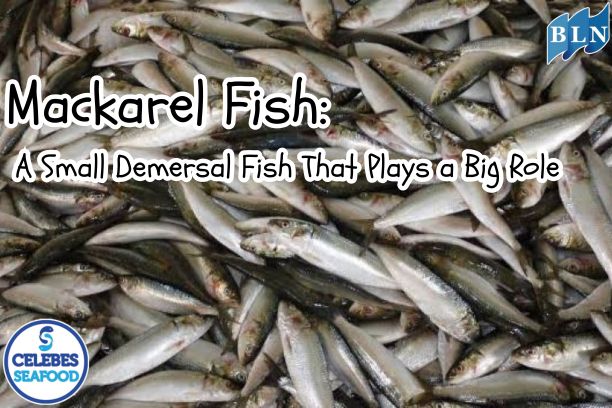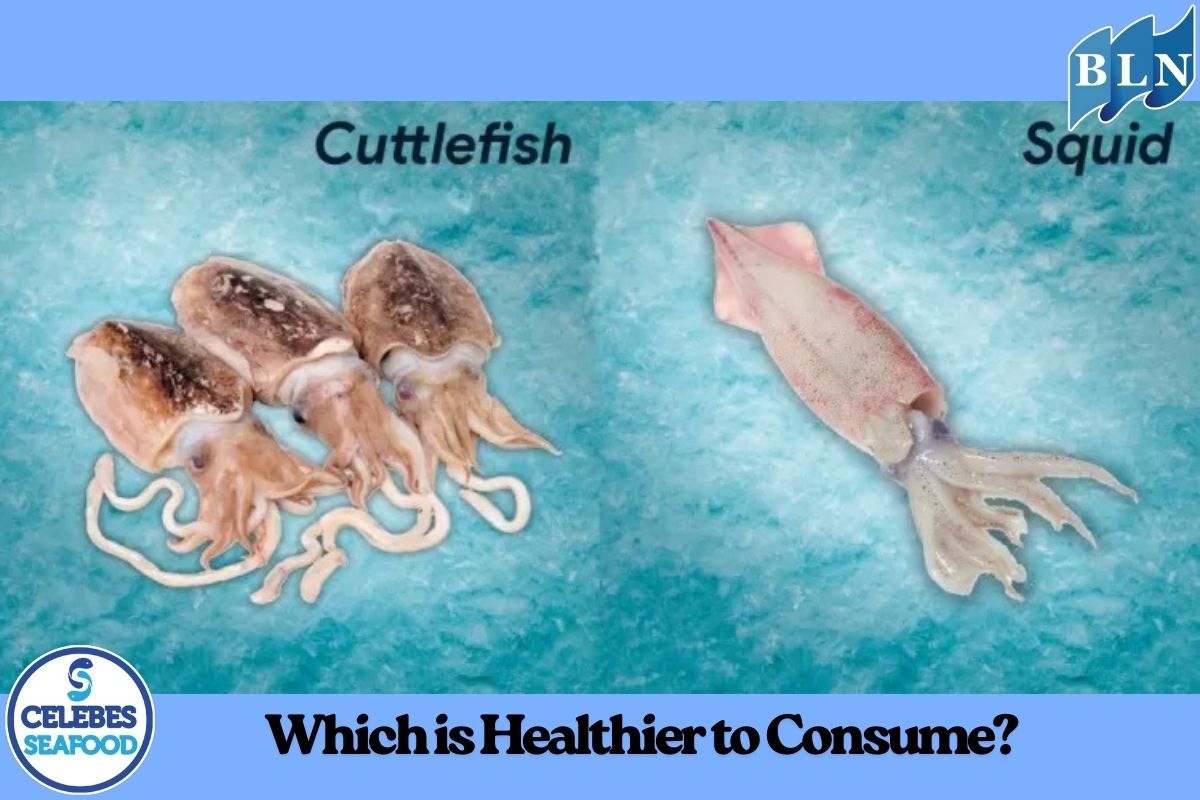Feasibility of Household-Scale Boneless Milkfish Business
By. Azizah - 23 Jun 2025.jpg)
lautnusantara.comThe boneless milkfish processing business is a promising alternative for household economic development in coastal areas. This product has higher market value compared to fresh milkfish due to the added convenience it offers consumers. This study aims to analyze the feasibility of a household-scale boneless milkfish business, focusing on technical, financial, and marketing aspects. The analysis methods include cost and revenue analysis, Break Even Point (BEP), Net Present Value (NPV), and Internal Rate of Return (IRR). The results indicate that this business is feasible, with a BEP of 65 fish per month, a positive NPV, and an IRR that exceeds the average bank loan interest rate. The business shows strong potential for further development through improved packaging and market expansion.
1. Introduction
Milkfish (Chanos chanos) is one of Indonesia’s leading aquaculture commodities. However, consumers often complain about the many fine bones, making it less convenient to consume. The boneless milkfish innovation offers a practical solution, increasing the product's value and consumer appeal.
Household-scale boneless milkfish production is gaining popularity due to its relatively low capital requirement and the simplicity of manual processing. This article examines the feasibility of boneless milkfish as a source of family income based on local resources.
2. Methodology
2.1 Location and Object of Study
The research was conducted in a coastal area of District X, which has high milkfish farming potential and several home-based processing enterprises.
2.2 Analysis Methods
Business feasibility was assessed through:
-
Technical aspect: raw material availability, equipment, and labor.
-
Financial aspect: analysis of fixed and variable costs, revenue, BEP, NPV, IRR, and payback period.
-
Marketing aspect: distribution strategy, target consumers, and selling price.
3. Results and Discussion
3.1 Technical Aspect
The main raw material, fresh milkfish, is sourced from local farmers. The production process includes cleaning, boiling, bone removal, seasoning (optional), packaging, and cold storage. Initial production capacity is estimated at 100 fish per month, operating 4 days a week.
3.2 Financial Aspect
-
Fixed costs: IDR 3,000,000 (equipment such as bone removal tools, freezer, stove).
-
Monthly variable costs:
-
Fresh milkfish: IDR 15,000 x 100 = IDR 1,500,000
-
Seasonings, packaging, gas, electricity: IDR 1,000,000
-
Labor (2 workers x IDR 500,000): IDR 1,000,000
-
Total variable cost: IDR 3,500,000
-
-
Monthly revenue:
Selling price: IDR 35,000 per fish x 100 = IDR 3,500,000
If all units are sold, net profit = IDR 0 (break-even).
Profitability increases significantly at 150 fish per month. -
Break Even Point (BEP)
BEP = Fixed Costs / (Price - Variable Cost per unit)
= 3,000,000 / (35,000 - 25,000) = 300 fish
With depreciation considered, monthly BEP is around 65 fish. -
NPV and IRR (5-year projection):
-
NPV: IDR 5,700,000 (positive, feasible)
-
IRR: 18% (above the average bank loan interest rate of 10%)
-
-
Payback Period: approximately 18 months
3.3 Marketing Aspect
Products are sold through local markets, food stalls, and promoted via social media. Main challenges include packaging limitations and limited market access. Branding improvements and label design are key to expanding the business.
If you are interested in our Coral Trout Fillet Skin On, CORAL TROUT WGG WHOLE GILLED GUTTED, TOMATO COD WHOLE GILLED GUTTED please do not hesitate to contact us through email and/or whatsapp.


